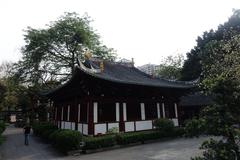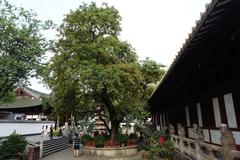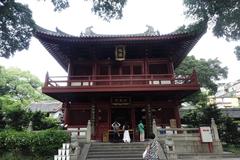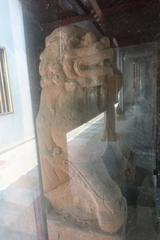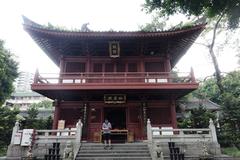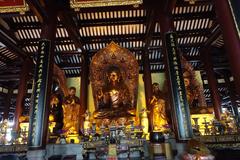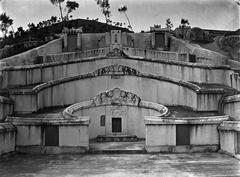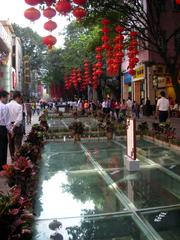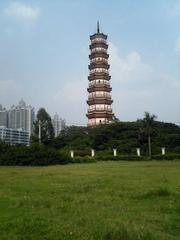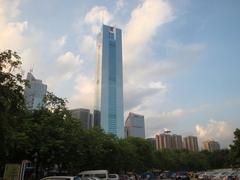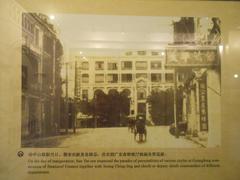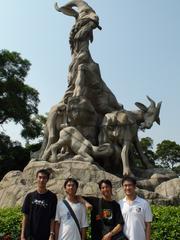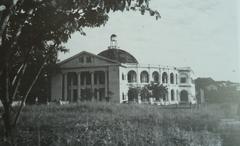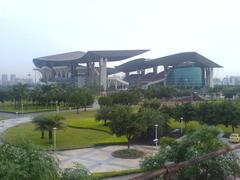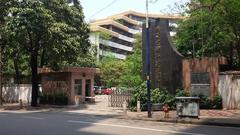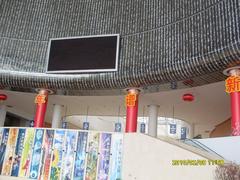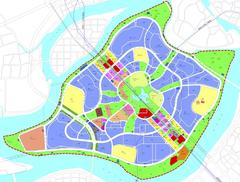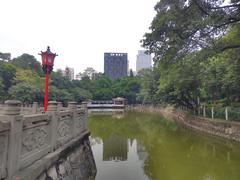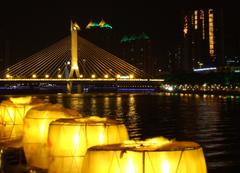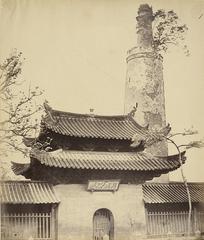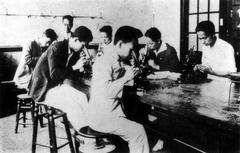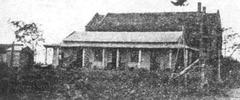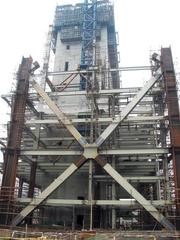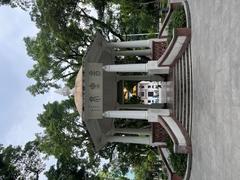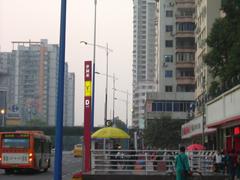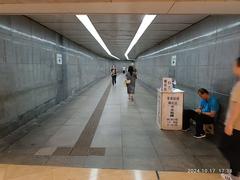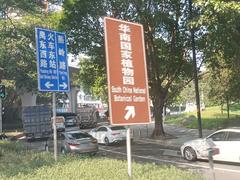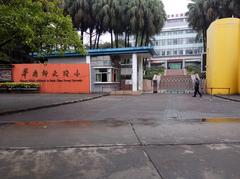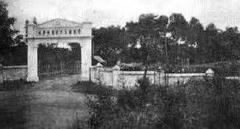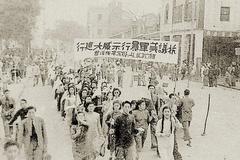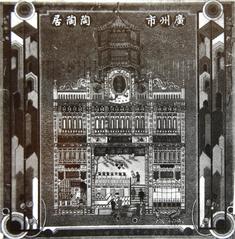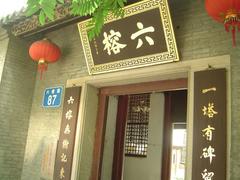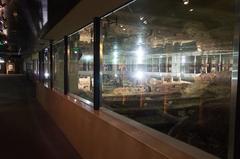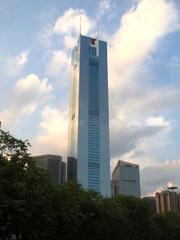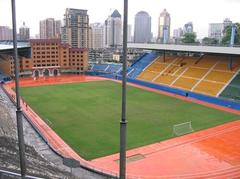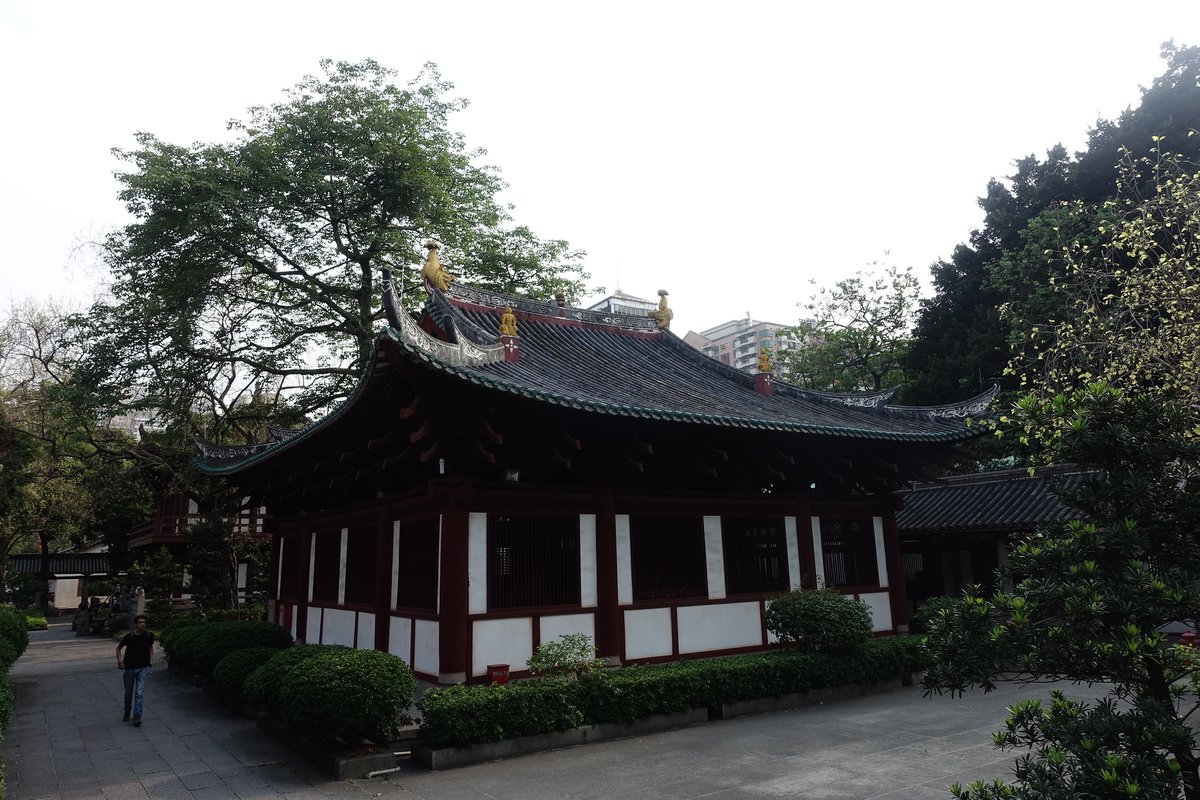
Guangxiao Temple: Visiting Hours, Tickets, and Historical Significance in Guangzhou
Date: 14/06/2025
Introduction
Guangxiao Temple, situated in the heart of Guangzhou, is one of the oldest and most important Buddhist temples in southern China. With a history of over 1,700 years, it serves as an enduring symbol of the region’s spiritual, cultural, and architectural evolution. Originally a royal residence during the Western Han Dynasty, the site was transformed over centuries into a vital Buddhist center, particularly influential in the development of Chan (Zen) Buddhism under the Sixth Patriarch Huineng. Today, Guangxiao Temple offers visitors a profound journey through time—featuring ancient wooden halls, Tang and Song dynasty iron pagodas, and sacred relics that continue to draw pilgrims, scholars, and history enthusiasts. Its blend of historical depth, vibrant religious activity, and Lingnan architectural beauty make it an essential destination for those exploring Guangzhou’s rich heritage and Buddhist culture.
Table of Contents
- Historical Background and Evolution
- Visiting Information
- Architectural Highlights
- Religious Practices and Symbolism
- Preservation and Conservation Efforts
- Challenges and Modern Management
- Frequently Asked Questions (FAQ)
- Nearby Attractions and Suggested Itinerary
- Visual Gallery and Resources
- Conclusion
- Sources
Historical Background and Evolution
Early Origins: From Royal Residence to Buddhist Sanctuary
Guangxiao Temple traces its origins to over 1,700 years ago, making it the oldest Buddhist temple in Guangzhou. Initially, it was the residence of Zhao Jiande, the last king of the Nanyue Kingdom. Following the Han conquest, the estate became a place of exile for the scholar Yu Fan during the Three Kingdoms period, who converted it into a private garden. After Yu Fan’s death in 233 CE, his family donated the estate, and it was subsequently transformed into a Buddhist temple known as Zhizhi Temple.
Name Changes and Dynastic Transformations
The temple’s name changed multiple times over the centuries, reflecting China’s shifting dynastic and religious landscapes. It adopted its current name, Guangxiao (“Bright Filial Piety”), during the Southern Song Dynasty (1127–1279 CE), after previously being known as Wangyuanchaoyan, Wangyuan, Qianmingfaxing, Chongningwanshou, and Baoenguangxiaochan Temples.
Flourishing as a Buddhist Center
From the 4th to the 10th centuries, Guangxiao Temple became a hub for Buddhist learning and scholarship, leveraging Guangzhou’s status as a coastal trade center. It welcomed monks from India and Southeast Asia, playing a pivotal role in the translation and dissemination of Buddhist scriptures. The temple’s influence extended to various traditions, including the precepts school, Chan, Esoteric, and Pure Land Buddhism.
The Sixth Patriarch Huineng and Chan Buddhism
Guangxiao Temple’s most celebrated historical figure is Huineng, the Sixth Patriarch of Chan Buddhism, who received ordination here in 676 CE. Under the temple’s ancient bodhi tree, Huineng delivered his first public lecture, establishing the Southern School of Chan Buddhism. The Hair-Burial Pagoda and the Sixth Patriarch Hall honor this enduring legacy.
Architectural Evolution and Cultural Relics
Significant structures and relics at Guangxiao Temple include:
- Mahavira Hall (Daxiong Baodian): One of the oldest wooden halls in southern China, originating from the Eastern Jin Dynasty.
- Bowl-Washing Spring: Said to have been carved by Bodhidharma, symbolizing purification.
- Hair-Burial Pagoda and Stone Sutra Pillar: Tang dynasty relics commemorating Huineng and Buddhist scripture translation.
- Iron Pagoda of a Thousand Buddhas: A Southern Han Dynasty relic adorned with Buddha images.
- Yifa Pagoda: A seven-story Tang-style pagoda memorializing Huineng.
These elements, along with ancient inscriptions, statues, and sacred trees, enrich the temple’s cultural and spiritual atmosphere.
Decline, Restoration, and Modern Recognition
Guangxiao Temple suffered during turbulent periods, especially the Cultural Revolution, but extensive restoration since the 1980s has preserved its historical ambiance. In 1961, it was designated a Key National Cultural Preservation Site. It remains an active place of worship, pilgrimage, and cultural tourism.
Visiting Information
Opening Hours
- Standard Hours: Open daily from 7:00 AM to 5:30 PM (last entry 5:00 PM).
- Festival Periods: Hours may be extended during major Buddhist festivals.
Tickets and Admission
- General Admission: Entrance to main temple grounds is usually free.
- Special Events/Exhibitions: Some exhibitions or guided tours may require a small fee (typically 10–20 RMB). Check official sources for updates.
Accessibility
- Mobility: Most temple areas have ramps and flat paths, though some historic structures have steps and uneven floors.
- Restrooms and Amenities: Facilities are available on-site. A vegetarian dining hall serves traditional Buddhist cuisine.
Getting There
- By Metro: Line 1 to Ximenkou Station or Line 6 to Yuexiu Park Station; both require a short walk.
- By Bus: Several routes serve the nearby area.
- By Taxi: Show the temple’s name in Chinese (光孝寺).
Travel Tips
- Wear comfortable, modest clothing (shoulders and knees covered).
- Remove shoes before entering certain halls.
- Avoid flash photography inside sacred spaces.
- Early mornings are less crowded and more serene.
Architectural Highlights
Mahavira Hall
The spiritual heart of the temple, Mahavira Hall contains gilded statues of the Buddhas of the Past, Present, and Future. Its ancient wooden structure and intricate carvings display the finest Lingnan craftsmanship.
Iron Pagodas
Guangxiao Temple features two rare Song dynasty iron pagodas—the Eastern Iron Pagoda (built 963 CE) and Western Iron Pagoda (built 967 CE)—showcasing advanced metallurgical skills and intricate Buddhist reliefs (The Broke Backpacker).
Hair-Burial Pagoda
This pagoda marks the site where Huineng’s hair was buried upon ordination, making it a pilgrimage destination and a symbol of the temple’s role in Chan Buddhism.
Bell and Drum Towers
Positioned in the main courtyard, these towers historically marked time and summoned monks to prayer. The Ming dynasty bell is still rung during major ceremonies.
Courtyards and Sacred Trees
The temple grounds are shaded by centuries-old banyan and bodhi trees, providing tranquil spots for reflection and photography.
Religious Practices and Symbolism
Rituals and Blessings
Visitors can participate in incense offerings, flower rituals, and circumambulation of the Hair-Burial Pagoda (three, five, or seven times) to symbolize spiritual purification and commitment to Buddhist teachings.
Living Traditions
A resident monastic community maintains daily chanting, meditation, and teachings. Visitors are welcome to observe or participate respectfully.
Sacred Relics
- Mahavira Hall Buddha Statues
- Bowl-Washing Spring
- Iron Pagodas
- Stone Sutra Pillar
- Ancient Bodhi Tree
Blessing tokens and amulets are available as meaningful souvenirs.
Preservation and Conservation Efforts
Institutional and Government Support
As a protected cultural relic, Guangxiao Temple benefits from restoration projects led by heritage authorities and receives municipal and provincial support.
Scientific and Community-Based Preservation
- Environmental monitoring and non-invasive restoration safeguard ancient wood and iron structures.
- Community volunteers assist with maintenance and visitor education.
- Digital documentation (such as 3D scanning) aids research and restoration (Deep China Travel).
Sustainable Tourism
Timed entry during peak periods, donation-based admission, and clear visitor guidelines help balance conservation with accessibility.
Challenges and Modern Management
Urban Encroachment
Surrounded by dense city infrastructure, the temple faces air and noise pollution, vibration from construction, and limited green buffers.
Visitor Management
High foot traffic, especially during festivals, requires careful management to prevent wear and maintain a respectful atmosphere.
Environmental Pressures
Humidity, pests, and climate fluctuations threaten the preservation of wooden halls, frescoes, and relics.
Balancing Worship and Tourism
As an active religious site and tourist destination, the temple must balance preserving sacred practices with visitor engagement.
Frequently Asked Questions (FAQ)
Q: What are Guangxiao Temple’s opening hours?
A: Daily from 7:00 AM to 5:30 PM; festivals may have extended hours.
Q: Is there an entrance fee?
A: Admission to main areas is usually free; some exhibitions or tours may have a small fee.
Q: How do I get there by public transport?
A: Take Metro Line 1 to Ximenkou Station or Line 6 to Yuexiu Park Station, then walk about 10 minutes.
Q: Are guided tours available?
A: Yes, through local agencies or the temple visitor center.
Q: Is Guangxiao Temple accessible to people with disabilities?
A: Most main paths are accessible, but some ancient buildings have steps.
Q: Can I take photographs?
A: Yes, in most outdoor areas. Respect signage and avoid flash indoors.
Nearby Attractions and Suggested Itinerary
- Yuexiu Park: Features the Five Rams Statue and scenic gardens.
- Chen Clan Ancestral Hall: Renowned for exquisite Guangdong folk architecture.
- Shamian Island: Offers colonial-era buildings and riverside promenades.
- Temple of the Six Banyan Trees: Another prominent Buddhist site nearby.
Suggested itinerary:
Begin at Guangxiao Temple, stroll through Yuexiu Park, visit Chen Clan Ancestral Hall, and end your day on Shamian Island.
Visual Gallery and Resources
Explore virtual tours and images on official tourism websites or through EastChinaTrip.
Conclusion
Guangxiao Temple is a living testament to Guangzhou’s layered history, Buddhist heritage, and architectural splendor. Its ancient halls and relics, tranquil courtyards, and vibrant religious life offer an immersive experience for visitors of all backgrounds. Ongoing preservation efforts, community involvement, and sustainable tourism initiatives ensure that this cultural treasure endures for future generations. For an enriching visit, plan ahead, participate respectfully, and explore the wider tapestry of Guangzhou’s historical sites.
Download the Audiala app for guided tours, insider tips, and up-to-date visitor information. Follow us on social media for exclusive content and event updates.
